Spider webs and pumpkins have invaded the windows of stores in France on the occasion of the Halloween party, and
what is the meaning of this word from ireland?
What’s the story of Halloween?
The origin and history of Halloween begins in the 610s, All Saints’ Day was celebrated on May 13. It was in the 8th century that Pope Gregory III moved the date of this feast to November 1 by dedicating, in honor of all the saints, a chapel of Saint Peter in Rome.
What is the Halloween party?
Halloween, it comes from the old English “All Hallow Even”, which means “the eve of all saints”. Because October 31 is the eve of All Saints’ Day, a Christian feast during which all the saints are celebrated, followed by a day of prayers for the dead, on November 2.
When was Halloween created?
The Halloween tradition began in the 19th century in Scotland and Ireland. In the United States and Commonwealth of Nations, trick-or-treating has been a tradition since the 1930s.
How did Halloween arrive in France?
It was not until the end of the 1990s that Halloween arrived in France. The real boom took place when France Telecom marketed an orange-colored mobile phone called Olaween, which launched a major advertising campaign and the distribution of some 8,000 pumpkins on the forecourt of the Trocadéro in Paris.
Halloween is initially a Celtic holiday of Irish origin. Celtic New Year! Around 2,500 years ago, the Celtic calendar did not end on December 31, but on October 31. Is the last night of the year, the night of the god of death (Samain or Samhain).
In October, the nights get longer and legend has it that the ghosts took the opportunity to visit the living. So to prevent ghosts from coming to haunt them, the Celts had some rituals including dressing in terrifying costumes to scare ghosts and meeting to party on the evening of October 31. It was the Irish who brought the Halloween tradition to America with them!
This explains that it was “celebrated 3 days before October 31 and 3 days after, from October 29 to November 4 according to our Gregorian calendar”, the 2nd day being dedicated to the memory of the deceased.
The fires in the family houses were to remain lit during the harvest. Once completed, the peasants accompanied the druids to light bonfires. The Celts believed that the barrier between the physical and spiritual worlds could be crossed during this time. According to some theories, they then disguised themselves to frighten beings who could pass freely from the beyond to the human realm.
With the arrival of Christianity, Catholics decided from the 9th century to celebrate All Saints’ Day (“all saints”), on November 1st. And if we take a closer look at the English word Halloween, it is a kind of shorthand for the expression “All Hallows Eve”, which means “the evening of all saints”, that is to say the eve of All Saints’ Day, October 31!
As its name suggests, All Saints’ Day is the feast of all saints. It is celebrated on November 1 by Catholics. Its origin is very old: it dates back to the 2nd century, when the followers of Christianity began to honor those who had died as martyrs. But the date of November 1 was not chosen until much later, under Pope Gregory III (731-741). The pontiff erected a chapel in Rome in honor of the saints and ordered that they be celebrated on November 1. Why did he choose this day? No one knows. In any case, his wish was granted. In France, King Louis the Pious, son of Charlemagne, imposes to celebrate the saints by decree, in 833 by a decree. Since then, November 1 has been a public holiday. We don’t work and the schoolchildren don’t go to school!
In Mexico, the Day of the Dead (“Día de los Muertos” in Spanish) is celebrated on November 1 and 2. But, there, sadness and meditation give way to celebration. Death is mocked. This tradition, born in pre-Columbian times, is typical of Mexican culture. In each house is installed an altar, decorated with objects that belonged to the deceased. Offerings are placed there: sugar skulls, the traditional loaf of los muertos or dishes appreciated by the deceased.
Families clean graves, decorate them with flowers and candles, and sometimes eat near them. Mexicans also offer themselves traditional objects or treats in the shape of a skeleton or a skull. And in the streets, it is not uncommon to meet people made up as mummies or the living dead.
The Halloween symbol was originally … a turnip!
In the United States, the turnip has gradually been replaced by the pumpkin which grows in October and which is much easier to carve.
It is therefore the pumpkin that gave its orange color to the current version of Halloween.
Halloween in France, is brought by certain brands that have tried to convert the French to this fashion, but in such a marketing way that the French did not appreciate and rejected this holiday.
However, more recently, we see hatching in children and young adults a desire to Americanize and to celebrate this festival which gives the jitters.
If the candy harvest is not all the rage, it is in the form of a Halloween snack or evenings with friends.
Since then, Halloween has been celebrated in the United States, Canada, Australia, Ireland, and Great Britain. Traditionally, on Halloween night, children wear scary costumes like zombies or witches. They ring at the doors of their neighborhood asking for candy with the formula: Trick or Treat! (in French: Farce ou delicacies).
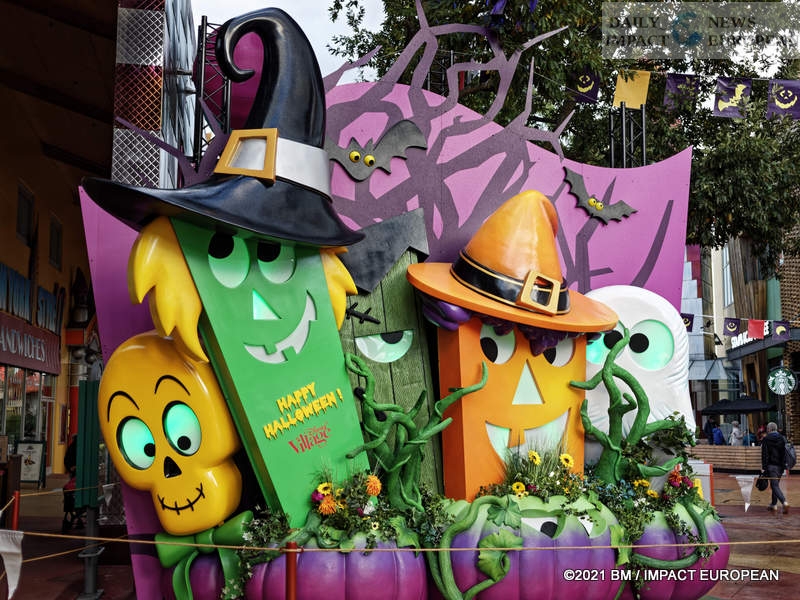
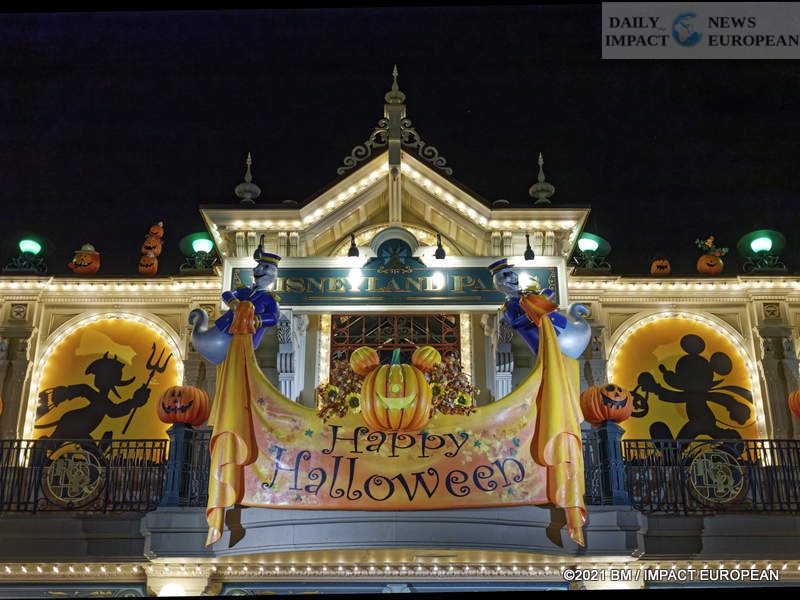
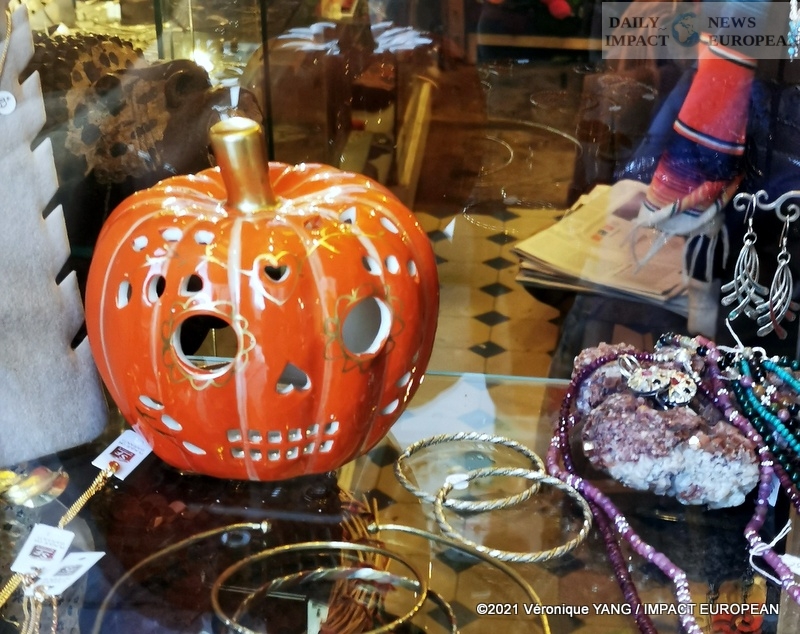
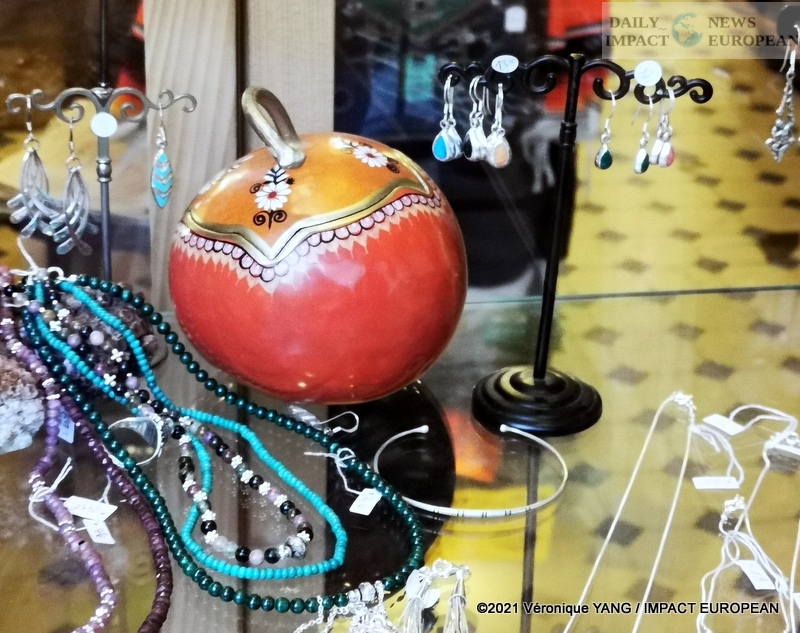
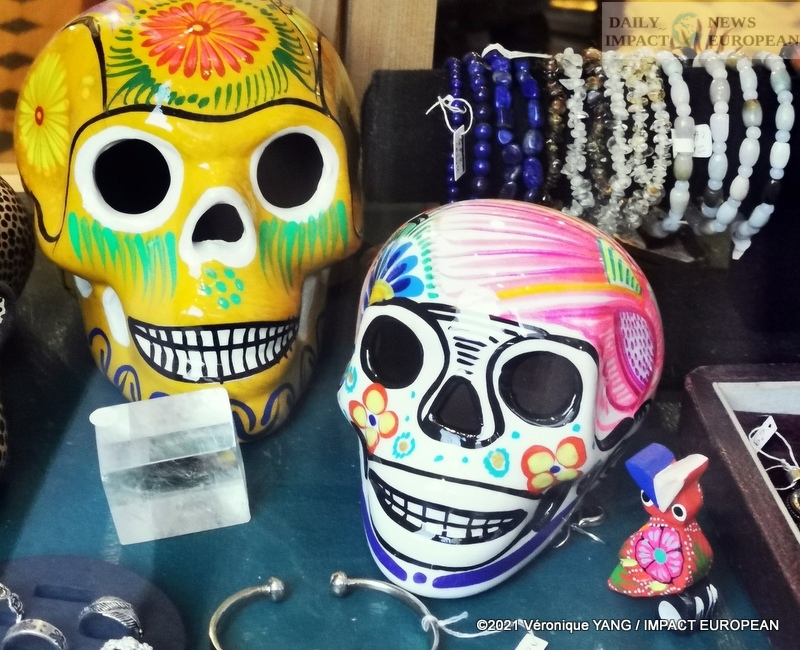

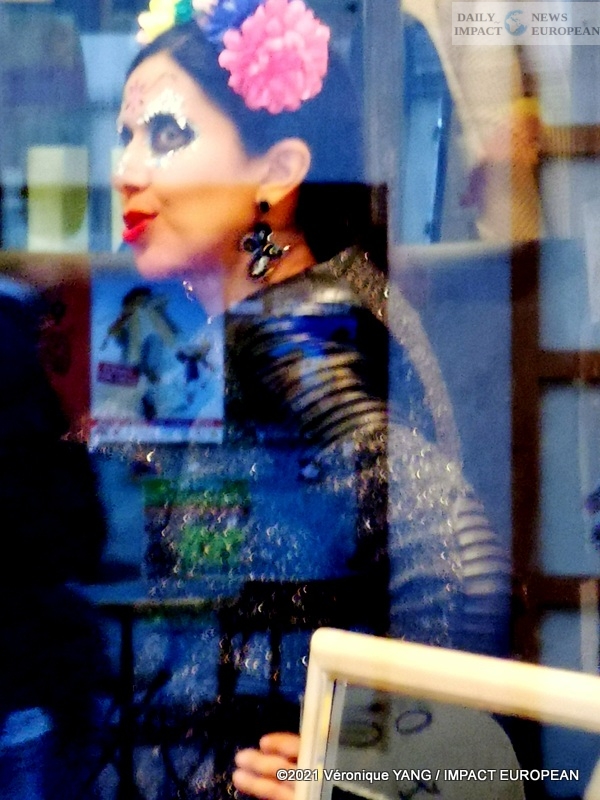
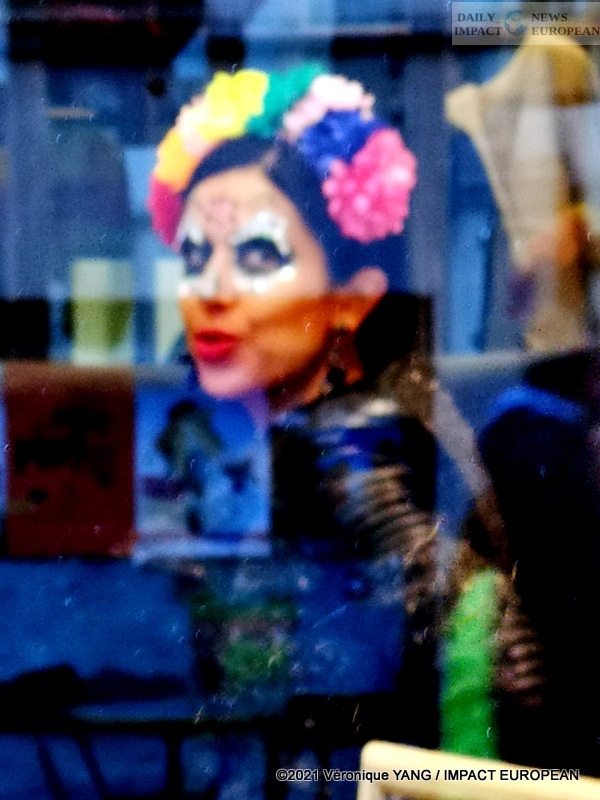

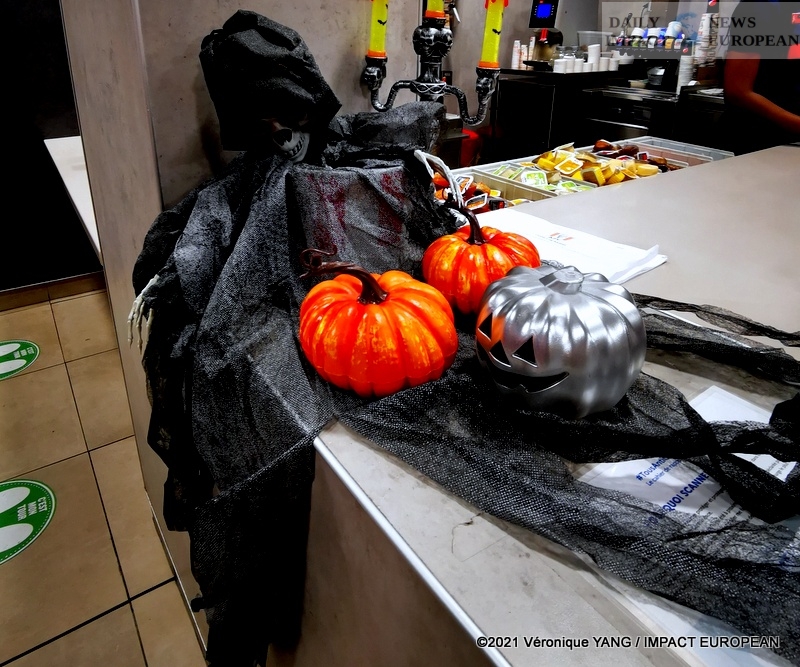
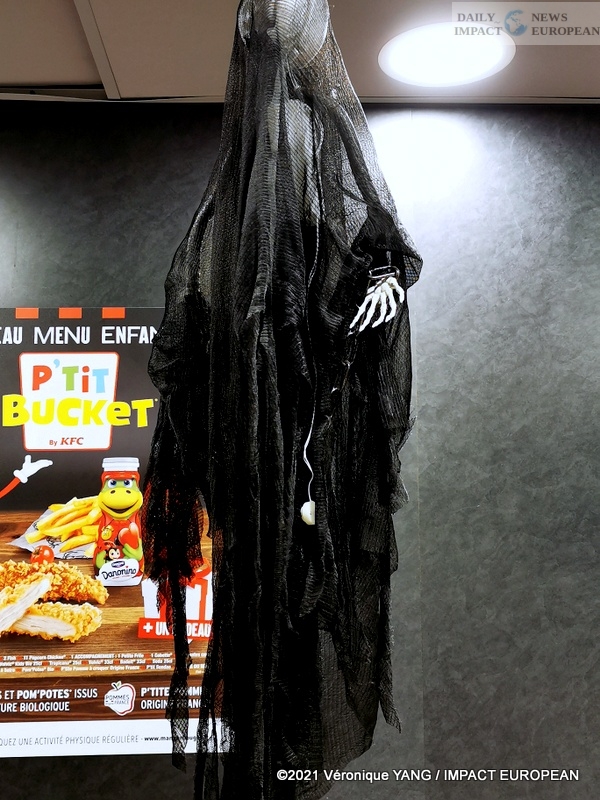
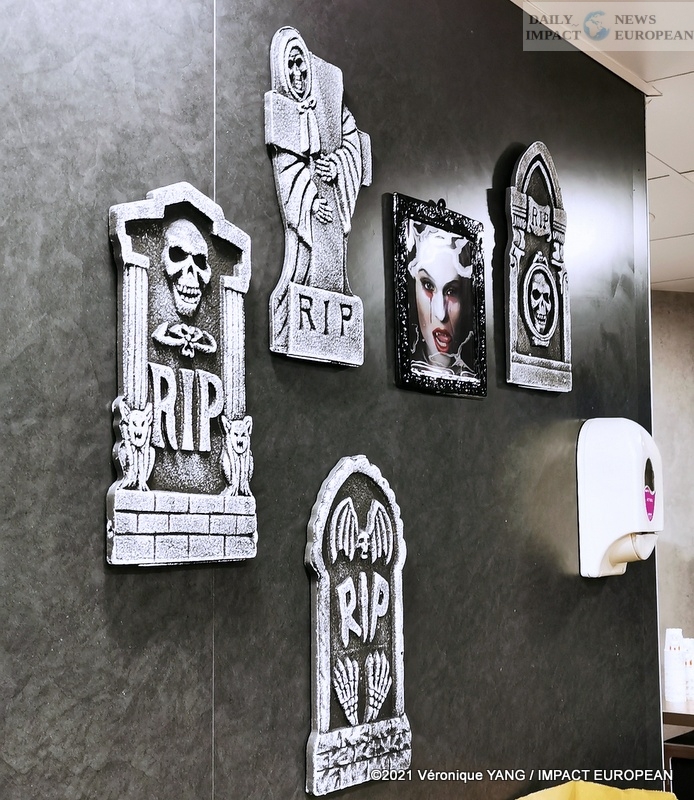
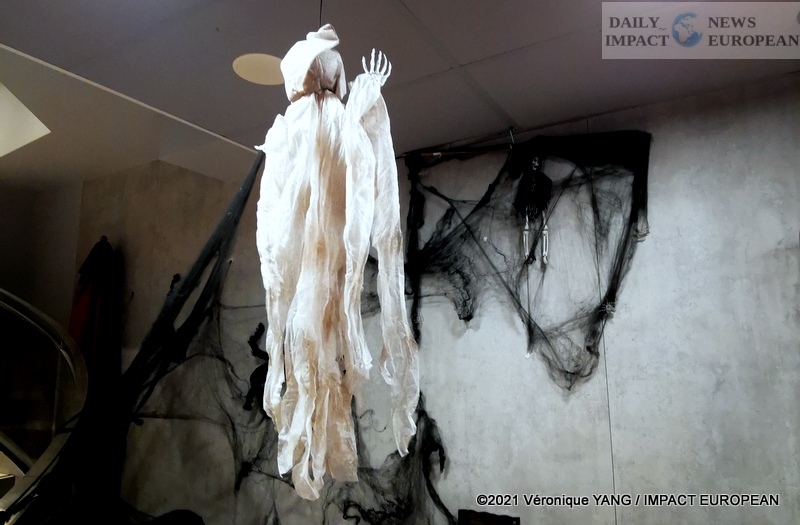
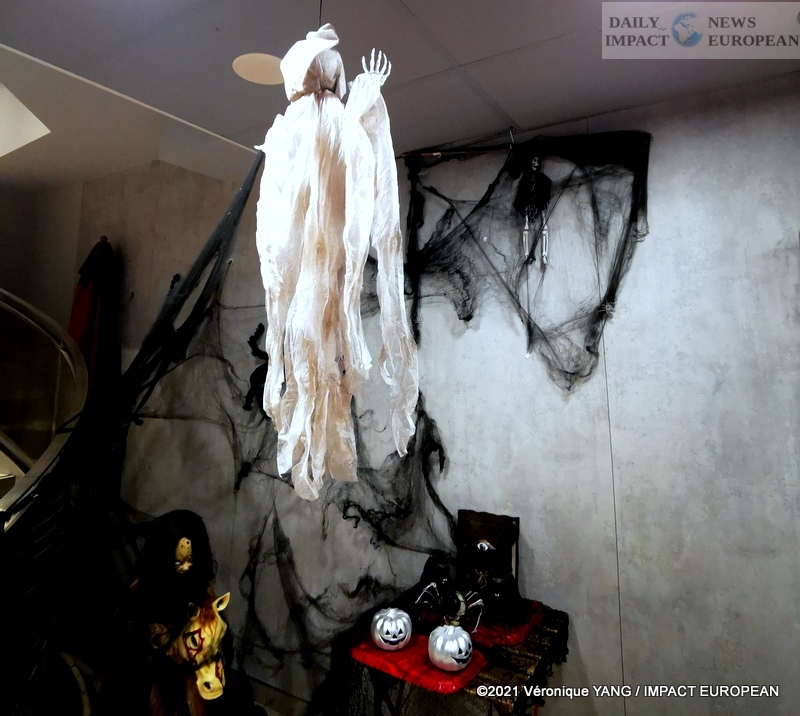
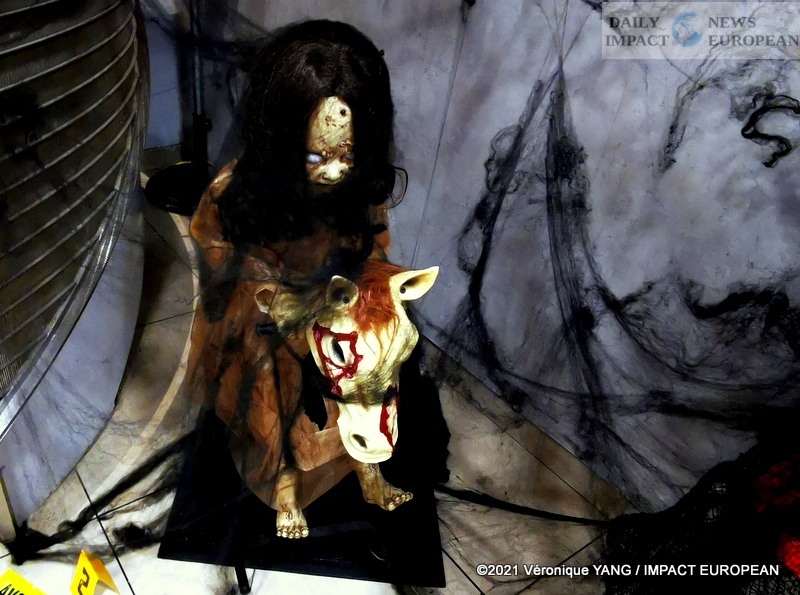
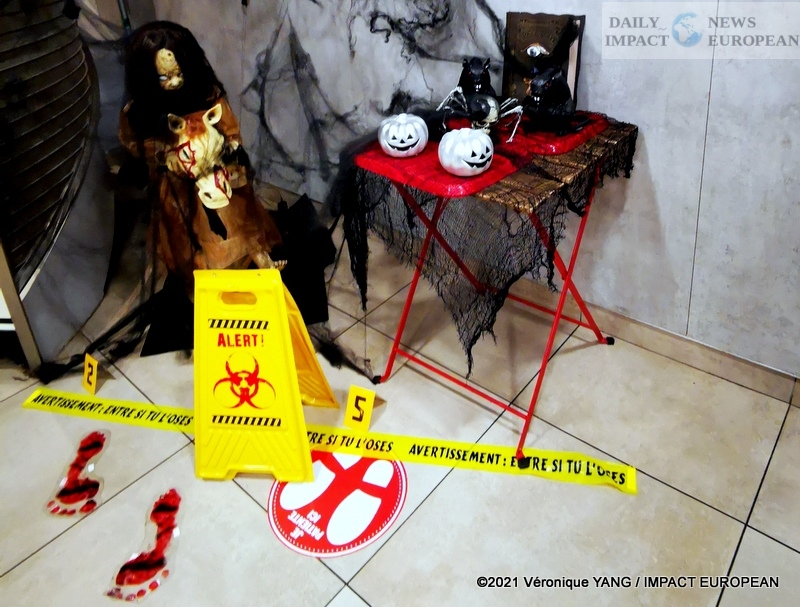
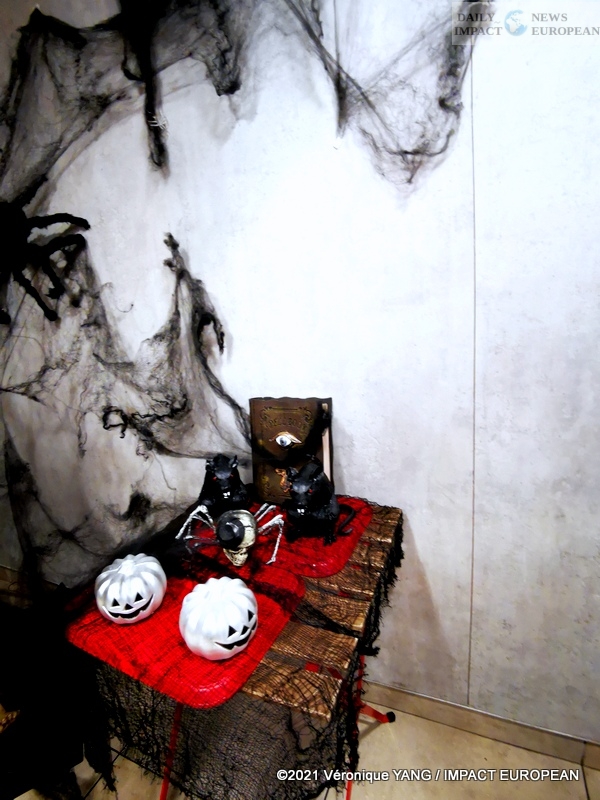
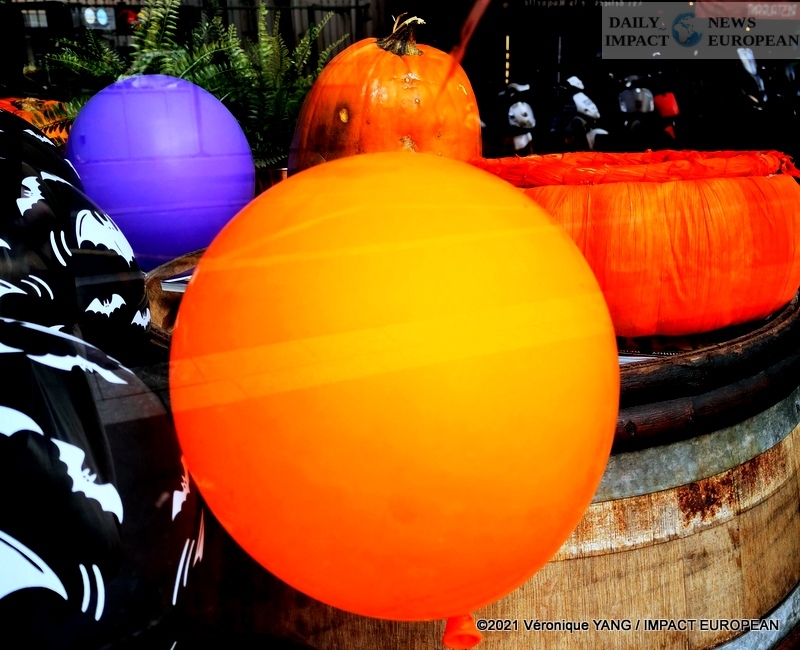
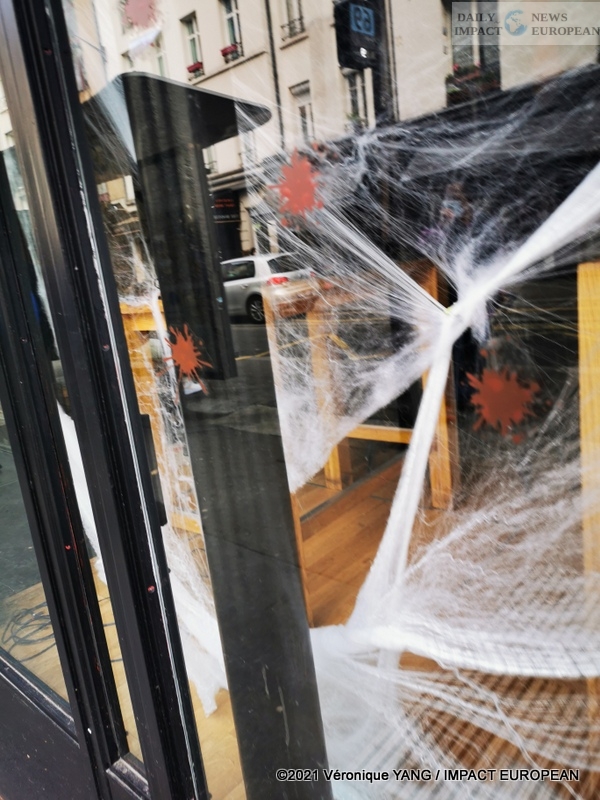
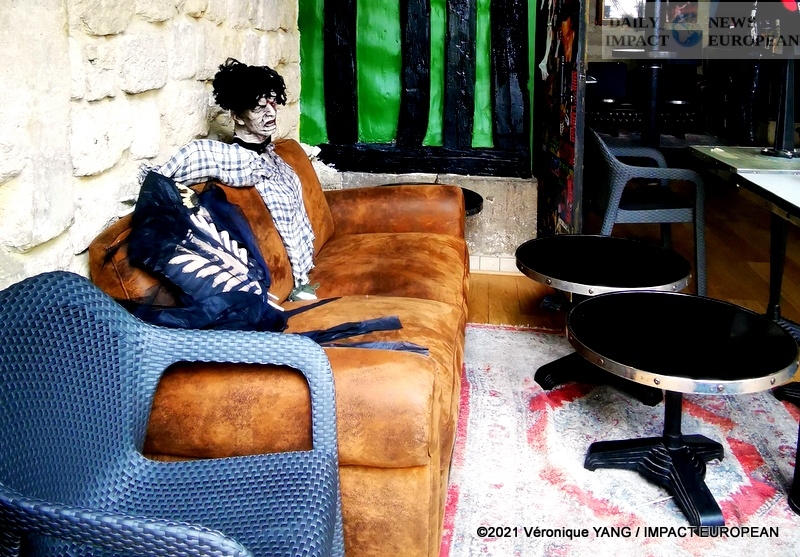
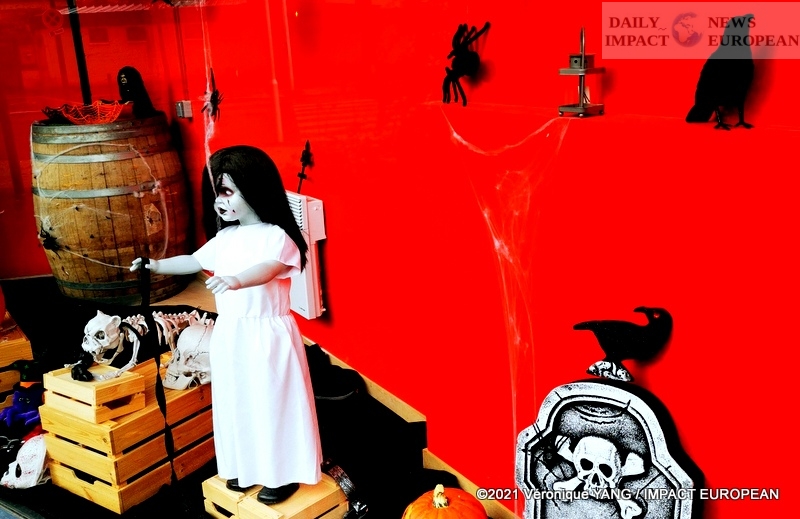
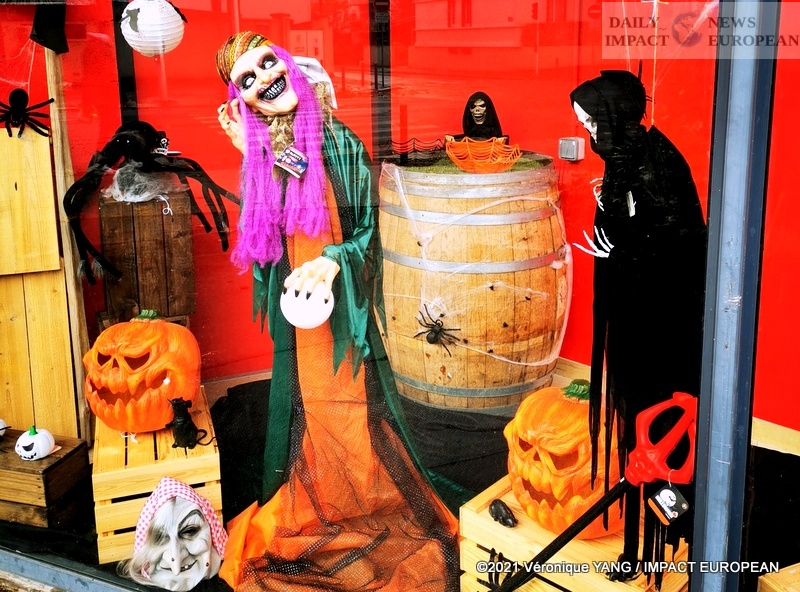
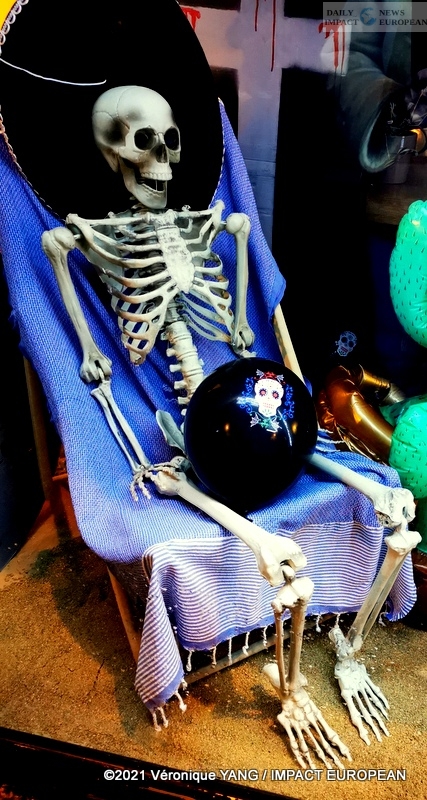
More Stories
Learn to manage your business with Rivalis
Championship / Rugby League: Toulouse Olympique wins against Whitehaven
METAL D’ALCOVE, the workshop of Eric KATZ, lighting sculptor in Montmartre